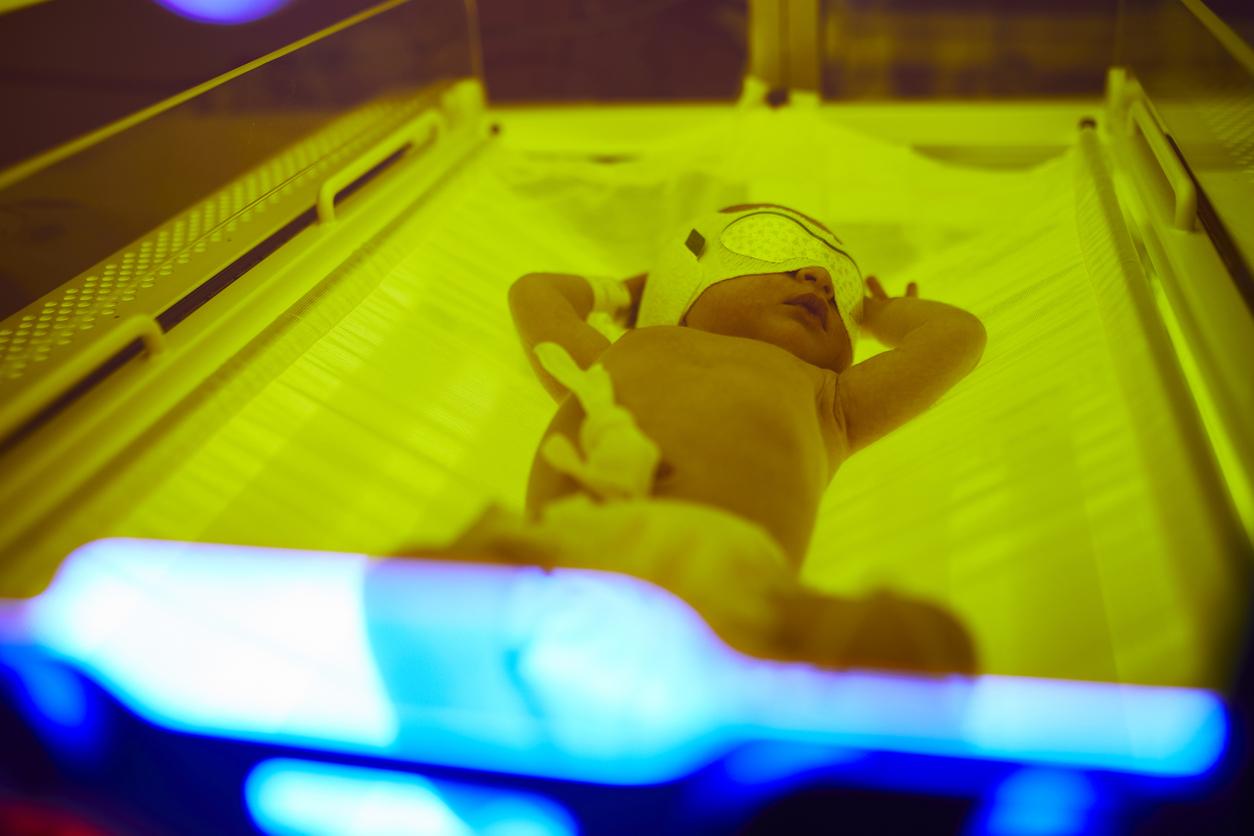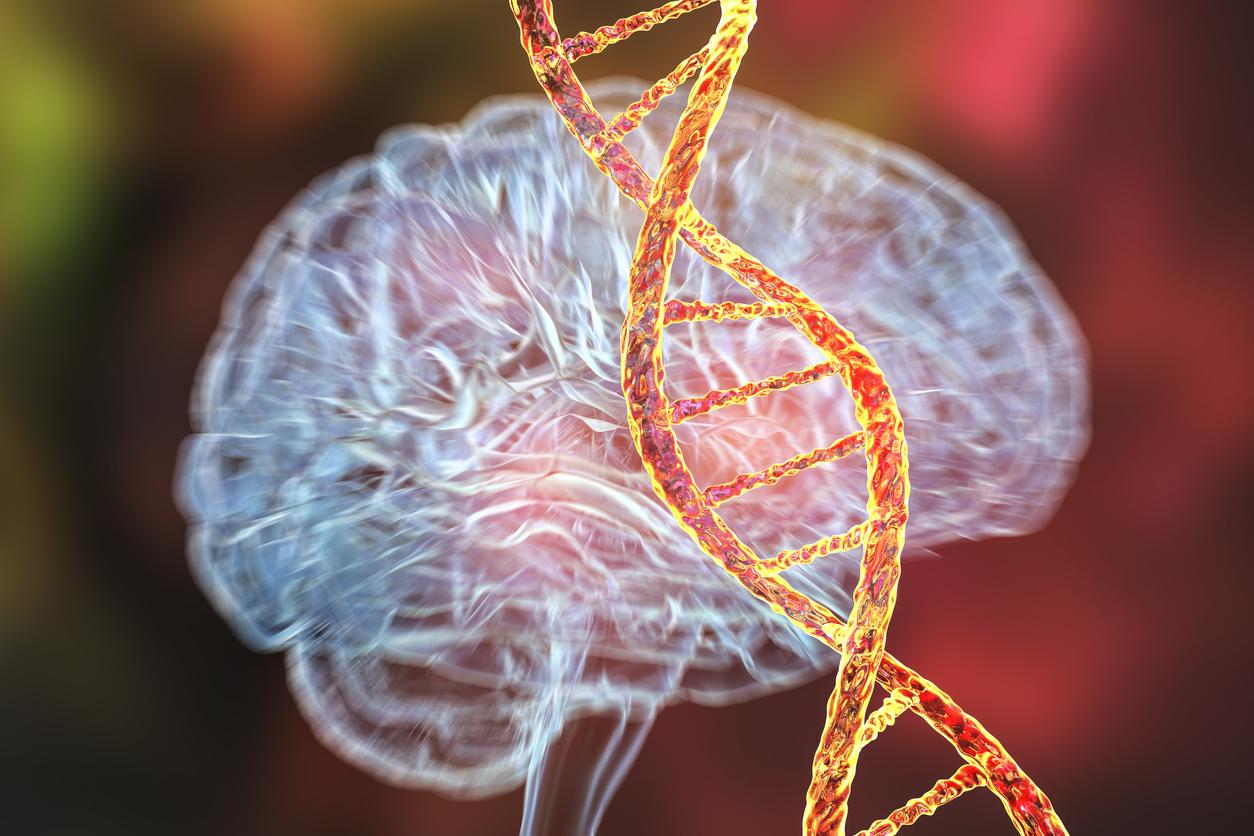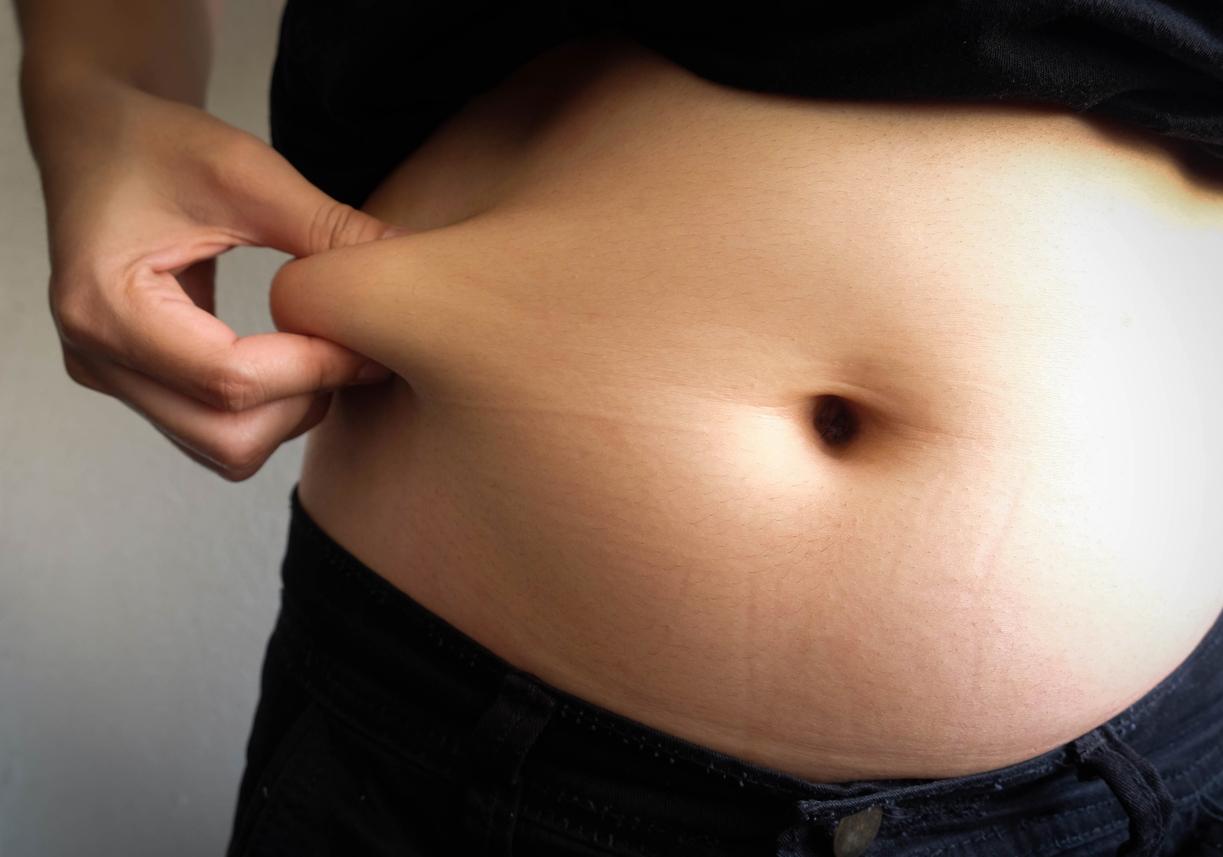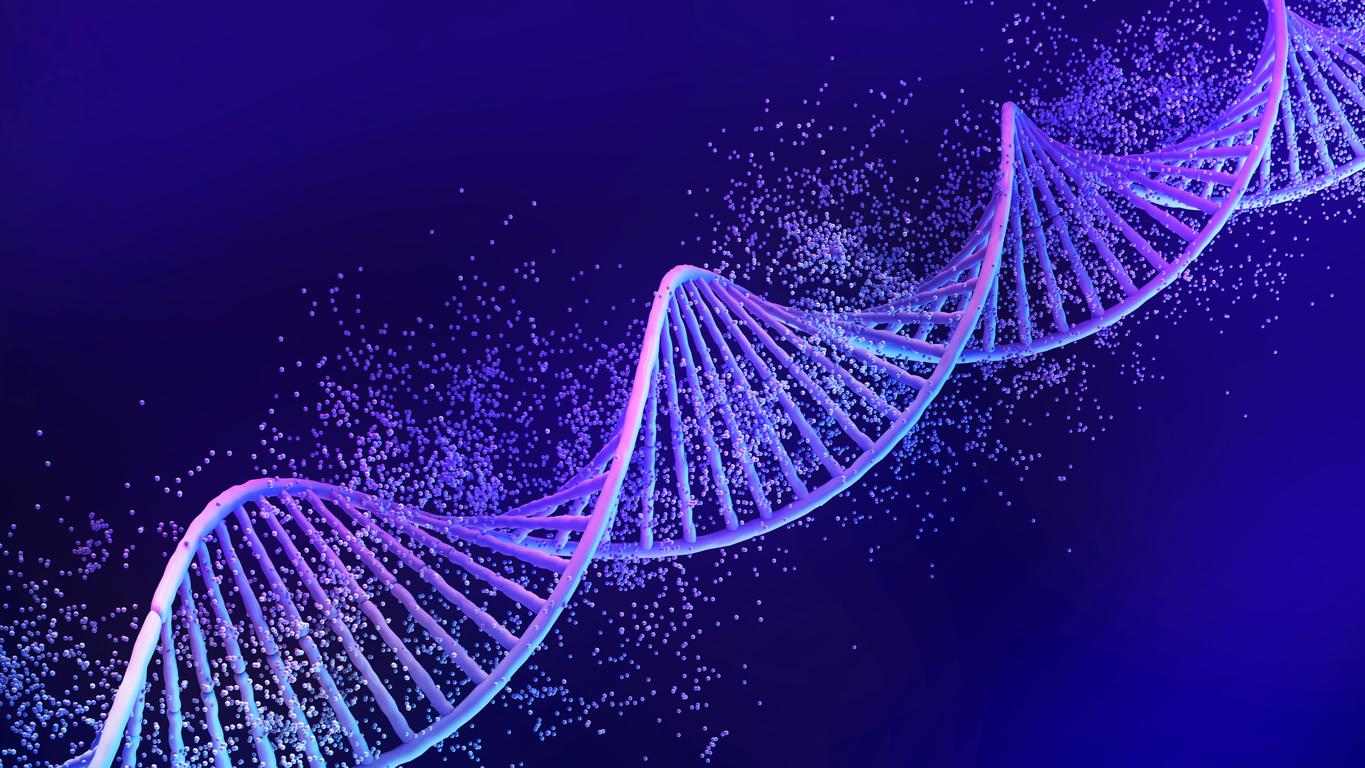Swedish scientists have discovered a genetic variant that almost completely protects one in eight newborns from jaundice.

- In newborns, jaundice, which results in yellowish skin and whites of the eyes, is common in the days following birth.
- Swedish researchers have identified a genetic variant that reduces susceptibility to jaundice.
- The latter would be associated with the regulation of the enzyme UGT1A1 in the intestines, but not in the liver of babies.
Jaundice, also called icterus, affects almost all newborns during their first few days of life. It is characterized by yellowish skin and the whites of the eyes. This color is due to bilirubin not being completely eliminated by the liver, because this organ is not yet developed enough in infants. Bilirubin is a pigment that is a residual product of the breakdown of excess red blood cells in babies. Jaundice usually goes away on its own within a week, but some children need special treatment. It can affect energy and appetite. If the condition persists, high bilirubin levels can cause brain damage.
2,000 babies were affected by jaundice
“Although the basic biochemistry of bilirubin metabolism is well understood, it is not clear why some newborns have more severe jaundice and require treatment with phototherapy,” said researchers from the University of Gothenburg (Sweden). That is why they decided to conduct a study published in the journal Nature Communications. In the research, the team used blood samples from nearly 30,000 newborns and their parents from a database in Norway. About 2,000 of these babies had jaundice.
A genetic variant, present in 12% of European and American babies, protects against jaundice
Among the millions of genetic variants analyzed, one almost completely protects infants from jaundice. It is found in about 12% of babies born in Europe and the United States, the authors said. They also found that it may be linked to an increase in another enzyme, UGT1A1, which is important for the body’s metabolism of bilirubin. “This enzyme converts bilirubin into a water-soluble variant, which allows the body to get rid of bilirubin. We are surprised to see this effect only in the intestines of babies, but not in the liver, because it is the liver that is responsible for bilirubin metabolism in adults,” explained the professor Bo Jacobssonwho is leading the work.
“Although the enzyme itself does not protect against jaundice, this discovery has led us on an exciting path of research, opening new avenues for individualized medicine,” concluded Pol Solé Navais, lead author of the study.

















